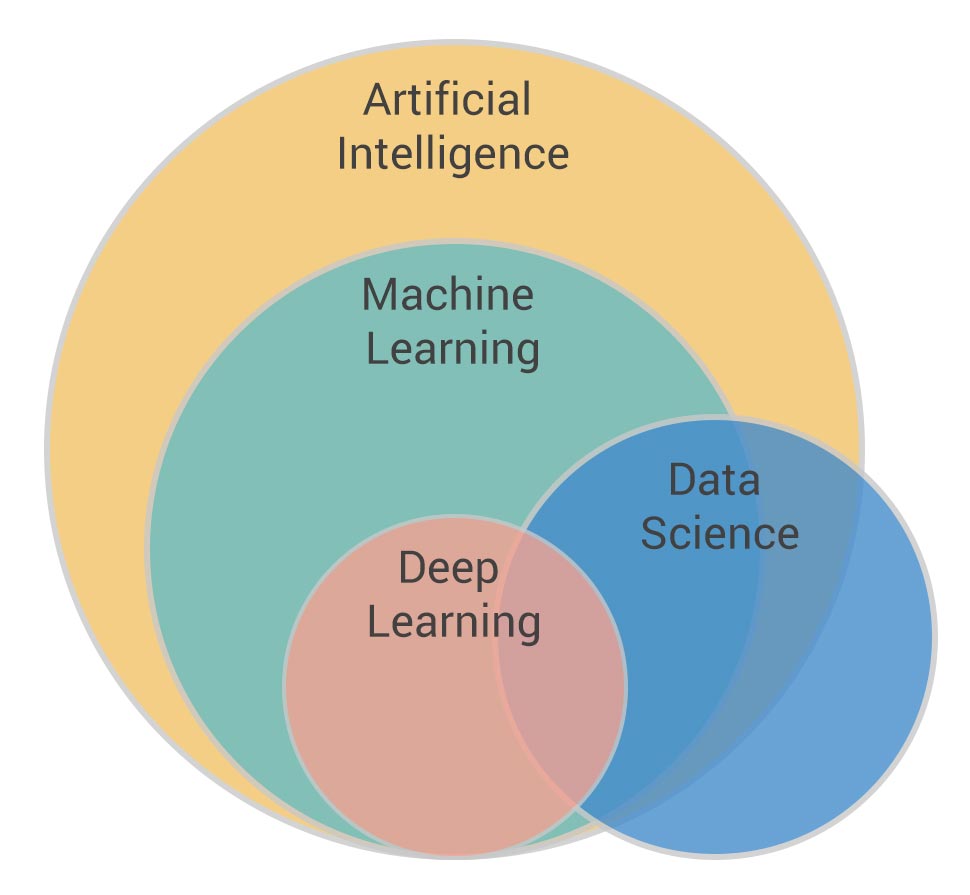01. What is Machine learning?
Machine learning is the ability of a system to learn a task without being explicitly programmed from given data. It focuses on the development of computer programs that can access data and use it to learn for themselves.
Machine learning (ML) is a subfield of an Artificial intelligence (AI).
Tom Mitchell formally defined machine learning as “A computer program is said to learn from experience E with respect to some class of tasks T and performance measure P if its performance at tasks in T, as measured by P, improves with experience E.”
In the above definition, there are three key things- task (let’s say identification of human face from an image), performance measure (how accurately an algorithm identifies whether a human face exists or not in an image), and experience (algorithm training on existing images).
02. What is deep learning and how is it different from machine learning?
Deep learning, also known as deep neural networks are set algorithms inspired by working principals of human brain where it learns to identify patterns in data for decision making.
Deep learning is a sub field of representation learning, which in fact, is a subfield of machine learning.
It takes input data, throughout hidden layers it learns the representation of data to deliver a prediction or result. Layer by layer, it extracts high-level features from the previous layer data.
For image processing, initial layers convolutional neural network identifies edges, shapes, and then objects.
Unlike traditional machine learning algorithms, deep learning algorithms automatically extract features from raw data that makes them efficient.
03. How AI, ML, Deep learning, and data science is related?
Artificial intelligence (AI) is an area of computer science that emphasizes the creation of intelligent machines that work and react like humans.
Machine learning and deep learning are sub field of AI but that is not the case with data science.
Data science is more about extracting insights from data to build robust IT and business strategies. It also takes care of data gathering, processing, analysis, and visualization.
AI, ML, and DL focuses on model building for decision making. Data science includes model building as well and that is the intersection with AI where it requires to use statistical & probabilistic tools, mathematics, and model optimization to solve a problem.

04. What are the different types of Machine learning algorithms?
There are four types of machine learning algorithms:
- Supervised algorithms: Set of algorithms to learn from labelled data, e.g. images labelled with whether a human face exists in an image or not. Algorithms literally rely on supervisors (labelled data) to learn from data, e.g. regression, classification, object detection, segmentation, etc.
- Non-supervised algorithms: Set of algorithms to learn from data without labels or classes, e.g. set of images given to group similar images. These algorithms do not require supervisors for training and tries to represent same data in different forms, e.g. dimensionality reduction, clustering etc.
- Semi-supervised algorithms: algorithms that falls somewhere between above and uses both labelled and non-labelled data. Most of the data used for these algorithms are not labelled but fraction of them is labelled and algorithms tries to identify anomalies in data, e.g. anamoly detection.
- Reinforcement learning algorithms: Set of algorithms to learn best actions to take given a current scenario that maximizes overall reward. Here agent is trained to explore unseen options and scenarios by using existing knowledge, e.g. Q-learning, Deep Q networks (DQN), etc.
05. What is transfer learning?
Transfer learning and domain adaptation refer to the situation where what has been learned in one setting is exploited to improve generalization in another setting.
The above definition was coined in the deep learning textbook by Ian Goodfellow, Yoshua Bengio, and Aaron Courville.
In layman terms, it is a technique to use the output of a model developed for a task as an input for another model to carry out the related task.
Transfer learning is the technique where you can take pre-trained models (from academia, open source community and research institutions) and use them as starting point for a related machine-learning task. For real-world business applications where time-to-delivery and limited training data are a concern, transfer learning is very powerful.
Learn more about transfer learning here: How does transfer learning speeds up deep learning projects?













